当前位置:网站首页>Story of [Kun Jintong]: talk about Chinese character coding and common character sets
Story of [Kun Jintong]: talk about Chinese character coding and common character sets
2022-07-06 16:36:00 【Ruo Miaoshen】
List of articles
Before N All the articles mentioned Chinese characters garbled , It's really a problem that has plagued us for a long time .
Regardless of the development language , Disk files , database , Coding problems may occur in network transmission .
( One ) code
The computer has no code , They only recognize 0101 Binary system ( We often write formats for convenience 0xFF Of 16 Base number ).
So to display any text, you need to encode , Even English letters . So it was human beings who created the code .
Keep the nonsense short :
PS: The content and pictures come from Baidu and other websites ( Those who can find links are given ).
1.1 ASCII code
ASCII= American Standard Code for Information Interchange= American Standard Code for information exchange
A single byte represents a character , The highest bit is 0, The combination of other bits represents various English letters and symbols , such as :
most : 0111 1111,7F
HEX:41 42 43 44 2C 31 32 33 34 —— ABCD,1234
In English , use 128 A symbol code can represent all letters and symbols , But it is not enough to express other languages .
1.2 ASCII Code extension
Use the highest bit , For example, in French é The code of is 130( Binary system 10000010).
thus , The coding system used by these European countries , Can mean at most 256 Symbols .
most : 1111 1111,FF
But different countries have different letters , therefore , Even if they all use 256 The encoding of symbols , The letters are different . such as :
byte (130) In French coding, it stands for é,
In Hebrew code, it stands for the letters Gimel (ג),
In Russian code, it will represent another symbol .
But anyway , Of all these coding methods ,0–127 The symbols are the same , It's just that 128–255 This part of .
PS: In order to know the specific characters represented by the same code , We must know the meaning of this passage Character set .
1.3 Chinese characters ( Including other words ) Multi byte encoding of
Because we have the national standard code (GB) There are also international standard codes (Unicode), So Chinese is relatively complicated .
- GB2312 code :1981 year 5 month 1 The national standard for simplified Chinese character coding issued on May .GB2312 Use of Chinese characters Double byte code , Included 7445 Graphic characters , These include 6763 The Chinese characters .
- BIG5 code : Taiwan Traditional Chinese standard character set , Double byte encoding is adopted , Collects 13053 Chinese characters ,1984 Year of implementation .
- GBK code :1995 year 12 The national standard for Chinese character coding issued in May , It's right GB2312 Expansion of coding , Use of Chinese characters Double byte code .GBK The character set contains 21003 The Chinese characters , Including national standards GB13000-1 All the Chinese, Japanese and Korean characters in , and BIG5 All Chinese characters in the code .
- GB18030 code :2000 year 3 month 17 National standard of Chinese character coding issued by Japan , It's right GBK Expansion of coding , Cover Chinese 、 Japanese 、 Korean and Chinese minority languages , It includes 27484 The Chinese characters .GB18030 Character set uses Single byte 、 Double byte and Four bytes Three ways to encode characters . compatible GBK and GB2312 Character set .
- Unicode code : International standard character set , It defines a unique code for each character in various languages in the world , To meet cross language needs 、 Cross platform text information conversion .Unicode use Four bytes Code for each character .
- UTF-8 and UTF-16 code :Unicode Encoding conversion format , Variable length encoding , be relative to Unicode More space saving .UTF-16 The byte order of has a big tail (big-endian) And small tail sequence (little-endian) The difference .PS:UTF-8 The Chinese character of is usually Three bytes .
Our national standard code ( Character set ) It developed like this :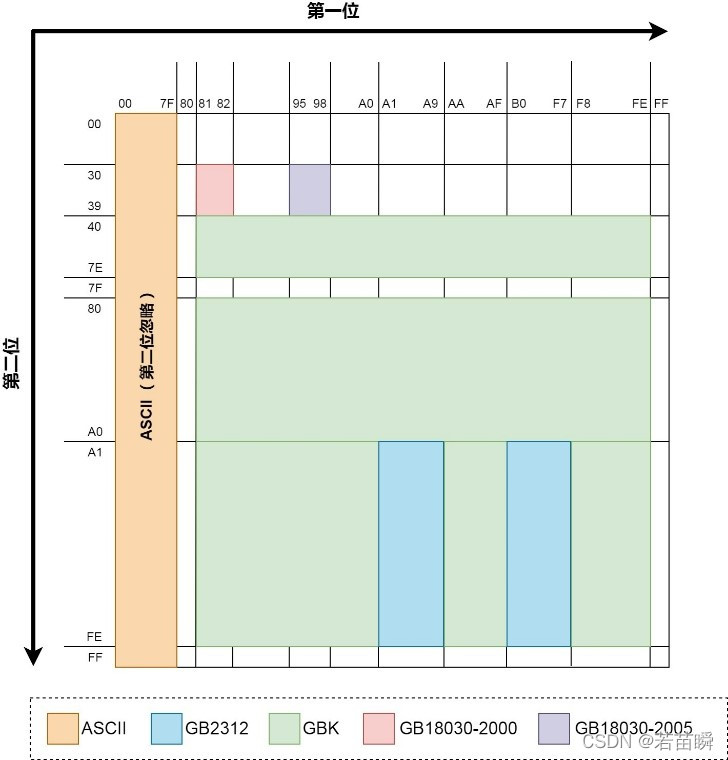
1.4 Coding examples and tests
for instance , Four Chinese characters ( Reference resources Website )
【 I 〇 䶵 𬌗 】
- I : frequently-used character , There are all kinds of character set codes .
- 〇: In the early GB2312 Not included .
- 䶵: Japanese Kanji ? Reference link ,GBK Not included ,GB18030 It's four bytes ,UTF-8 It's three bytes
- 𬌗: Occlusal surface of teeth , Reference link ,GBK Not included ,GB18030 It's four bytes ,UTF-8 It's four bytes .

use Java Test it , The code is as follows :
String aTestStr=" Chinese I 〇䶵𬌗abc";
{
System.out.print("UTF-8 :");
byte[] gb = aTestStr.getBytes(StandardCharsets.UTF_8);
for (byte b : gb)
System.out.printf("%#02x,", b);
System.out.println("\n"+new String(gb, StandardCharsets.UTF_8)+"\n");
}
{
System.out.print("GB18030:");
byte[] gb = aTestStr.getBytes("GB18030");
for (byte b : gb)
System.out.printf("%#02x,", b);
System.out.println("\n"+new String(gb, "GB18030")+"\n");
}
{
System.out.print("GBK :");
byte[] gb = aTestStr.getBytes("GBK");
for (byte b : gb)
System.out.printf("%#02x,", b);
System.out.println("\n"+new String(gb, "GBK")+"\n");
}
{
System.out.print("GB2312 :");
byte[] gb = aTestStr.getBytes("GB2312");
for (byte b : gb)
System.out.printf("%#02x,", b);
System.out.println("\n"+new String(gb, "GB2312")+"\n");
}
The output is as follows , Consistent with the above table :
Uh , Take a closer look , Or remove irrelevant words ...
UTF-8 :0xe4,0xb8,0xad,0xe6,0x96,0x87,0xe6,0x88,0x91,0xe3,0x80,0x87,0xe4,0xb6,0xb5,0xf0,0xac,0x8c,0x97,0x61,0x62,0x63,
Chinese I 〇䶵𬌗abc
GB18030:0xd6,0xd0,0xce,0xc4,0xce,0xd2,0xa9,0x96,0x82,0x35,0x87,0x38,0x99,0x31,0xd2,0x39,0x61,0x62,0x63,
Chinese I 〇䶵𬌗abc
GBK :0xd6,0xd0,0xce,0xc4,0xce,0xd2,0xa9,0x96,0x3f,0x3f,0x61,0x62,0x63,
Chinese I 〇??abc
GB2312 :0xd6,0xd0,0xce,0xc4,0xce,0xd2,0x3f,0x3f,0x3f,0x61,0x62,0x63,
Chinese I ???abc
( Two ) Show the reason for the garbled code
2.1 Out of coding range
As in the above example ,GBK,GB2312 There are random codes , Rare words appear ? question mark .
If the bytecode of a string stores the encoded content that is not in the character set used ,
The display will produce confused symbols and strange characters that you can't understand , Generally we call it garbled .
PS: Encountered before :《Python When writing to a text file ‘GBK’ The encoder cannot encode characters ‘\uXXYY‘》 It's the coding range .
The article is not written correctly , I'm too lazy to change , The results of the above test ,Java It's not a designation GBK Just relax , have to GB18030 ah !
2.2 code UTF8 Of BOM
stay Windows Maybe some UTF8 The coding , front 3 Is it Bit Order Mark( I made a mistake ), But in fact UTF8 There is no need to identify bits in byte order , So the only function is to show that this is a UTF8 The file of .
This is not a very general , We all accept the setting ( Please find out for yourself BOM), such as Linux I don't recognize BOM Of .
If you ignore BOM It will cause a little bit of garbled code in front of it when reading .
The best way is not to use BOM, chinese UTF8 code ( Yes BOM) The data example of is as follows :
EF BB BF 41 42 43 31 32 33 2C E4 B8 AD E6 96 87 E6 B1 89 E5 AD 97
“ABC123, Chinese characters ”
2.3 No Chinese support
For example, the operating system does not support , Chinese fonts are not installed .
Even if the content encoding is correct , But the system doesn't know what is GB18030, Nothing can show GB18030 The font of . It can only be displayed as garbled .
In fact, this situation cannot be called garbled , The code is right , But it can't be displayed ( It's usually a box ?).
2.4 Wrong code
Bingo!
Compared with the previous few less common reasons , Wrong coding when programming , Is the main cause of garbled code .
The so-called wrong use , Is to use a kind of code , Read the bytecode content of another encoding .
The most common : use GB Serial encoding mode read UTF8, use UTF8 read GB series .
PS: Encountered before :《 upgrade HBase2 Character encoding and Chinese display 》 It belongs to the wrong code ,
But I didn't write it wrong on my own initiative , It is String.getBytes No character set parameters were passed , The problem of using the system default character set .
Windows/Linux The default is different , and Java In subsequent operations (HBASE Take out the data ) For unspecified text , Have adopted UTF8 Handle .
I don't know which God sorted out the form below , When encountering garbled code, you can have a look .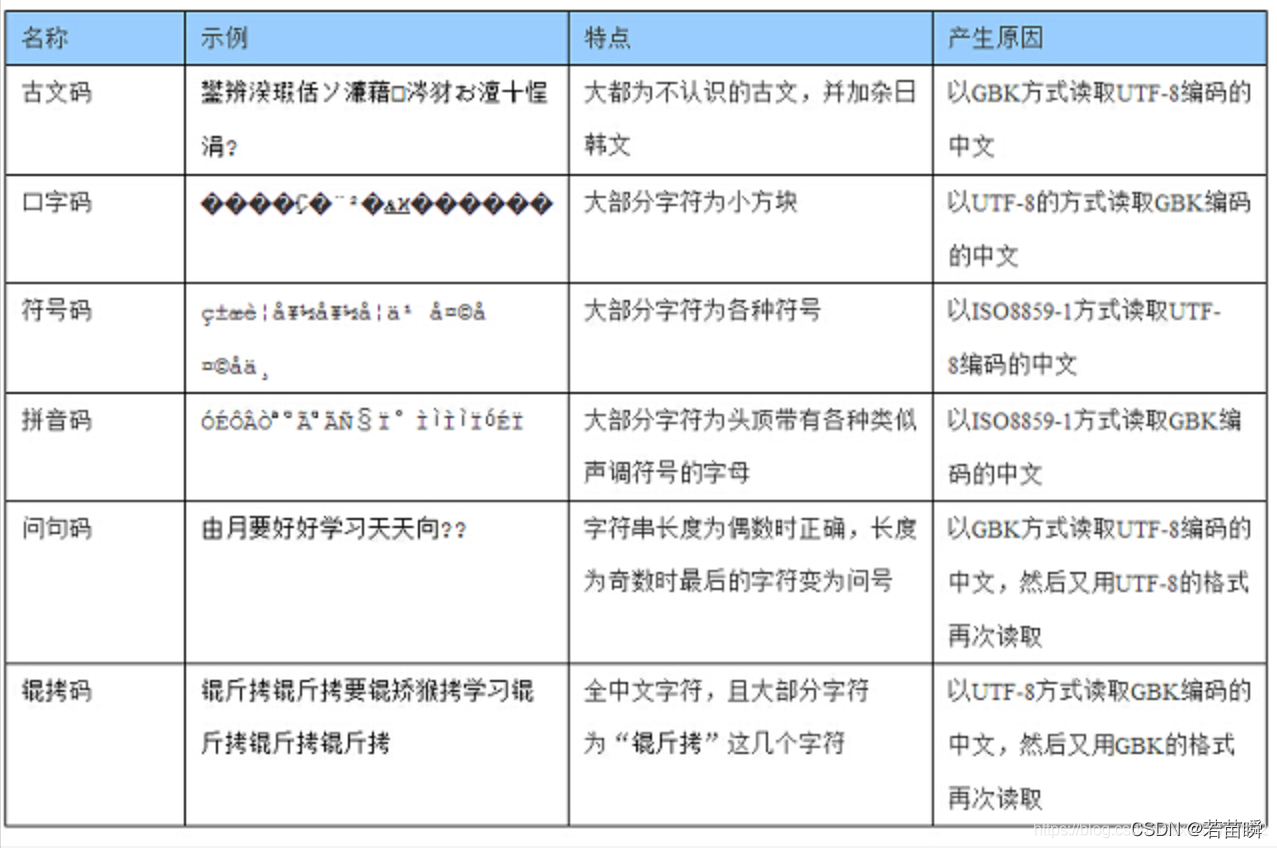
2.5 Original bytecode error
If it's like the one mentioned above : After reading incorrectly, the content is written into a new text file , Then the new text file is encoded incorrectly .
The original bytecode of the text has been wrong , No matter how you read it later , The display is all wrong .
especially 【 Kunjin copy 】 such , Is an unrecoverable error .
( 3、 ... and ) Avoid reading and writing garbled files
3.1 Note the default encoding
- Java By default UTF8 code .
- Linux The default is UTF8 code .
- Windows The default is GB18030 code ( Everybody says GBK, however GBK Smaller range , Ah )
- Even if Windows Next ,IntelliJ IDEA The default unit test for is UTF8 code ( How to test is different from the formal runtime ?).
3.2 Specified encoding
- open , When writing to a text file , To specify an encoding , You need to specify the correct .
- Correct encoding requires no conversion , The code to be converted must be wrong .
3.3 Don't rely too much on automatic judgment
Two cases :
- The content is too short , Both coding ranges are included .
- The file is too large , Only English in front , Do you need to finish reading 10GB Text to judge the coding ?
The second situation is easy to understand ,
And the first case , There are only a few Chinese characters in the content , Such as UTF8 Coded 【 Jump jump 】,【 tinkling of jade pendants 】:
jump (UTF8) = E8 B7 83
Sam (UTF8) = E7 8F 8A
So the lovely reduplication is :
Jump jump (UTF8) = E8 B7 83,E8 B7 83
tinkling of jade pendants (UTF8) = E7 8F 8A,E7 8F 8A
If we 2 Look at bytes in groups :
Jump jump (UTF8) = E8 B7 83,E8 B7 83 = E8 B7,83 E8,B7 83 = Pathetic (GB18030)
tinkling of jade pendants (UTF8) = E7 8F 8A,E7 8F 8A = E7 8F,8A E7,8F 8A = Strong (GB18030)
Although not a common word , But it can be concluded that GB18030 Is it wrong ?
Maybe Yue Yue and Shan Shan look too normal ,
Let's take another example 【 趃 珋 】 and 【 Zan mi 】 Who on earth is right ?
( Four ) Extend the discussion :Oracle Character set for
Be careful Oracle It looks something like this :
- Oracle Even the English character set of the server, such as ISO8859p1 You can also store Chinese .
- It only needs Oracle The character set settings of client and server are consistent .
- Except for one kind of coding : Server side AL32UTF8, The client can set Jianzhong ZHS16GBK / In complexity ZHT16BIG5.
- Be a server AL32UTF8 when , The client should not be set to AL32UTF8.
The principle is as follows , But be careful of pits :
- Various client software tools handle character sets differently .
- Java8 Don't use Oracle Client character set ( clam ???).
For example, I have tried the following client tools ( Does not mean all versions !):
- TOAD: Not according to NLS_LANG environment variable , Unable to set character set , Only support ZHS16GBK.
- PL/SQL: according to NLS_LANG environment variable , Unable to set character set , But import data to AL32UTF8 Time is actually ZHS16GBK code , The query can be displayed correctly at the same time AL32UTF8 and ZHS16GBK Chinese for .
- Navicat: Import and query according to the set character set , But Chinese characters often make mistakes when importing .
Java With Alibaba's Druids, I managed to solve , You can refer to the problems encountered before .
This :《Oracle The database character set is WE8ISO8859P1 Store Chinese and Java Reading and writing display 》
as well as :《Oracle The database character set is WE8ISO8859P1 Store Chinese and client programs to show Chinese problems 》
( Four ) Extend the discussion :FTP Character encoding of
We develop FTP It is also easy to encounter garbled code , But mature FTP Tools generally do not .
That's because others judge carefully , Will ask in detail FTP Supported instructions , Including command coding method .
- Simply put, if FTP The service side with UTF8, Then no conversion is required .
- If the server is not UTF-8, Then we need to put our GBK Bytecode , Forcibly convert to the code of the server ( Include 8859-1 A class ).
Name related instructions ,list,put,get, Usually there is a directory name , Call everywhere in the file name .
Why? GBK turn 8859-1, No UTF8 turn 8859-1 Well , Because if it is UTF8 It already supports Chinese !!!
Um. , It's a matter of logic ……
Part of the code is as follows :
public String FromServerEncodingString(String aOriString) throws Exception {
if (ftp.getControlEncoding().equalsIgnoreCase("UTF-8")) return aOriString.trim();
else return new String(aOriString.getBytes(ftp.getControlEncoding()), "GBK").trim();
}
public String ToServerEncodingString(String aOriString) throws Exception {
if (ftp.getControlEncoding().equalsIgnoreCase("UTF-8")) return aOriString.trim();
else return new String(aOriString.getBytes("GBK"), ftp.getControlEncoding());
}
But fortunately, SFTP That is to say SSH agreement , It seems to be unified UTF8 code .
Make complaints about it FTP What a loose agreement !!!
For the time being , We'll talk about it in the future when we encounter new situations .
边栏推荐
- 读取和保存zarr文件
- Installation and use of VMware Tools and open VM tools: solve the problems of incomplete screen and unable to transfer files of virtual machines
- Chapter 6 rebalance details
- How to insert mathematical formulas in CSDN blog
- 力扣:第81场双周赛
- Flag framework configures loguru logstore
- 图像处理一百题(1-10)
- Educational Codeforces Round 130 (Rated for Div. 2)A~C
- Install Jupiter notebook under Anaconda
- Advancedinstaller installation package custom action open file
猜你喜欢
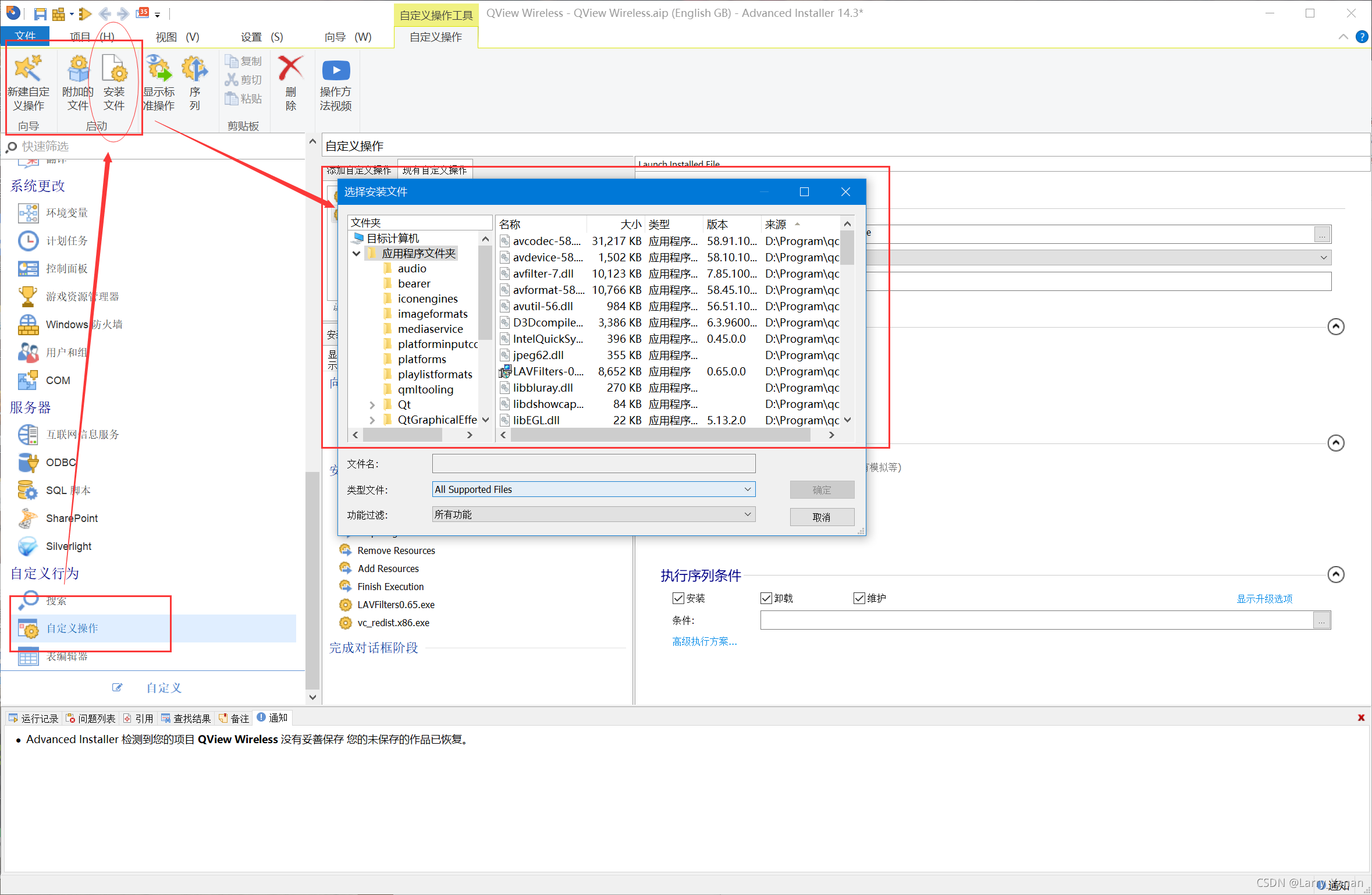
Advancedinstaller installation package custom action open file

业务系统兼容数据库Oracle/PostgreSQL(openGauss)/MySQL的琐事
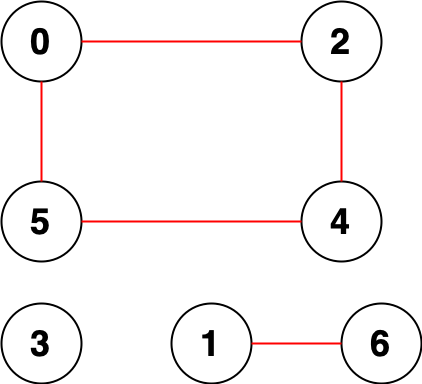
Li Kou: the 81st biweekly match

Remove the border when input is focused

Flask框架配置loguru日志库
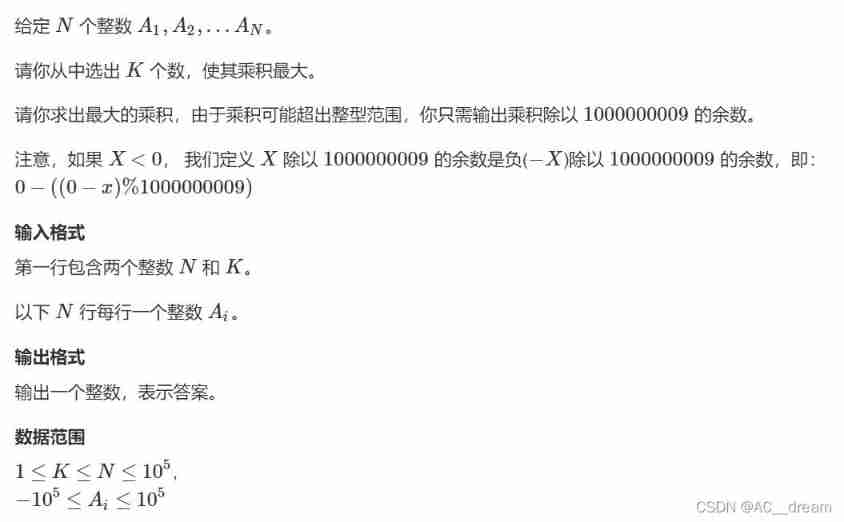
Maximum product (greedy)
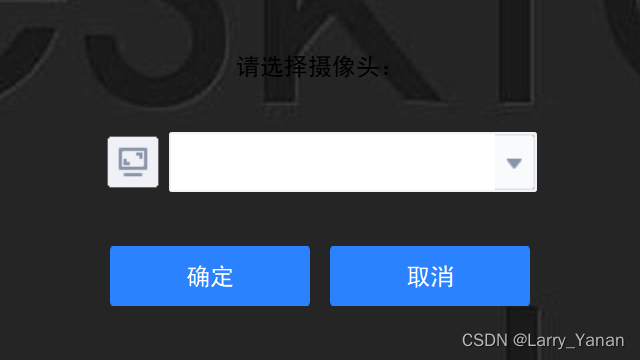
QT实现圆角窗口
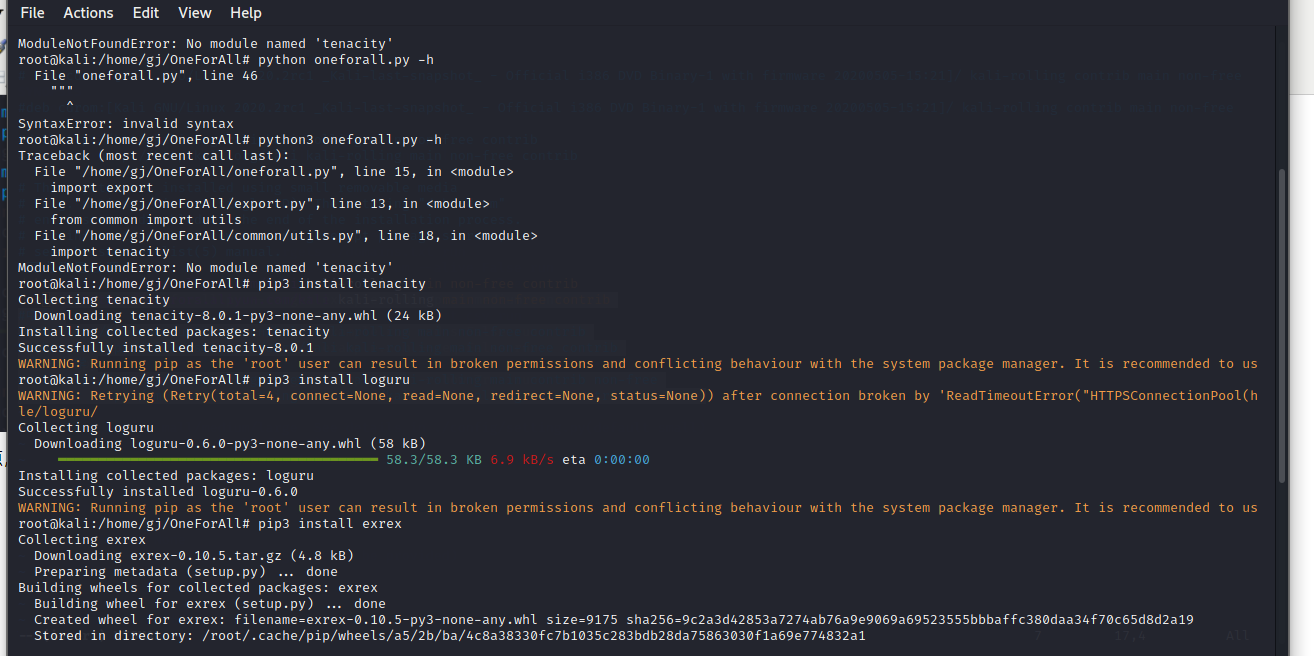
Oneforall installation and use
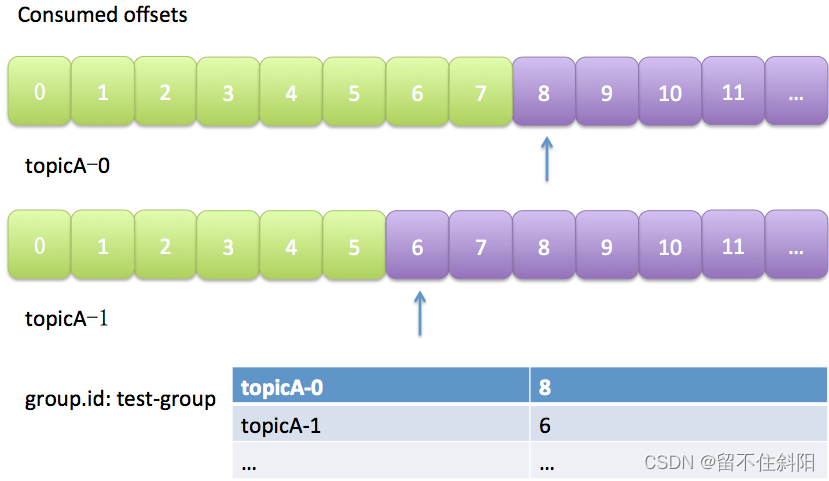
Chapter 5 detailed explanation of consumer groups
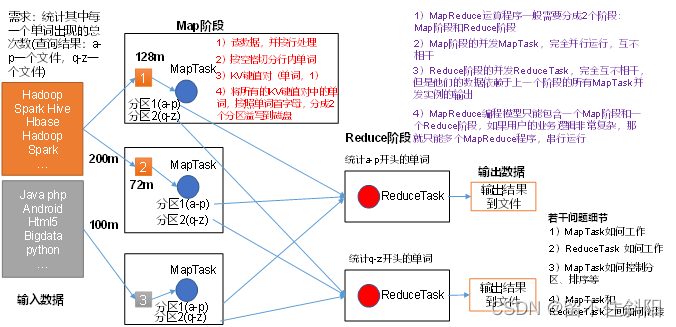
第一章 MapReduce概述
随机推荐
Codeforces Round #803 (Div. 2)A~C
(lightoj - 1349) Aladdin and the optimal invitation (greed)
QT有关QCobobox控件的样式设置(圆角、下拉框,向上展开、可编辑、内部布局等)
第三章 MapReduce框架原理
Codeforces Round #801 (Div. 2)A~C
China tetrabutyl urea (TBU) market trend report, technical dynamic innovation and market forecast
去掉input聚焦时的边框
使用jq实现全选 反选 和全不选-冯浩的博客
Research Report on market supply and demand and strategy of double drum magnetic separator industry in China
Hbuilder X格式化快捷键设置
Acwing - game 55 of the week
Codeforces - 1526C1&&C2 - Potions
Educational Codeforces Round 130 (Rated for Div. 2)A~C
QT implementation window gradually disappears qpropertyanimation+ progress bar
Spark独立集群Worker和Executor的概念
Installation and configuration of MariaDB
第 300 场周赛 - 力扣(LeetCode)
MariaDB的安装与配置
Anaconda下安装Jupyter notebook
Acwing: Game 58 of the week